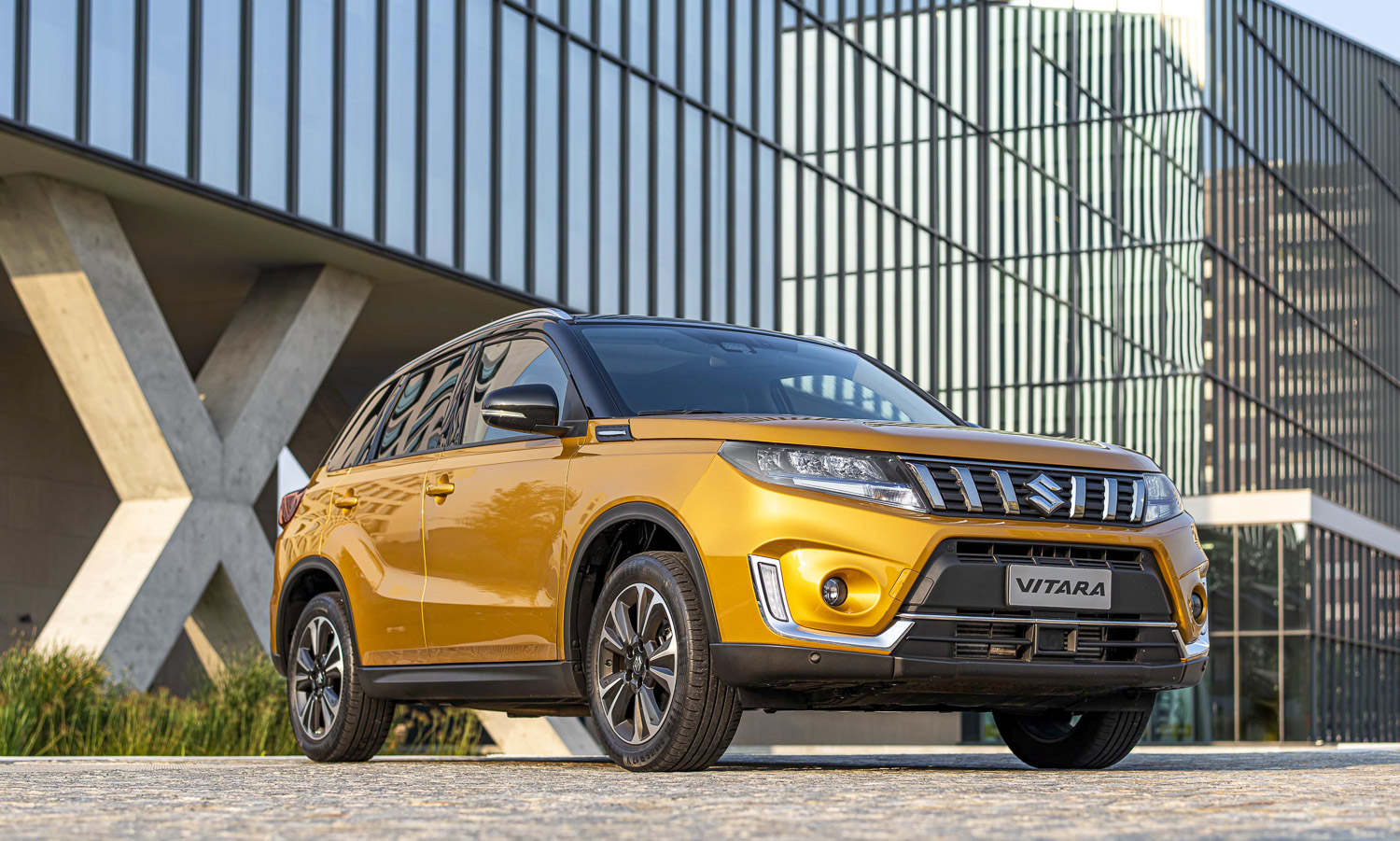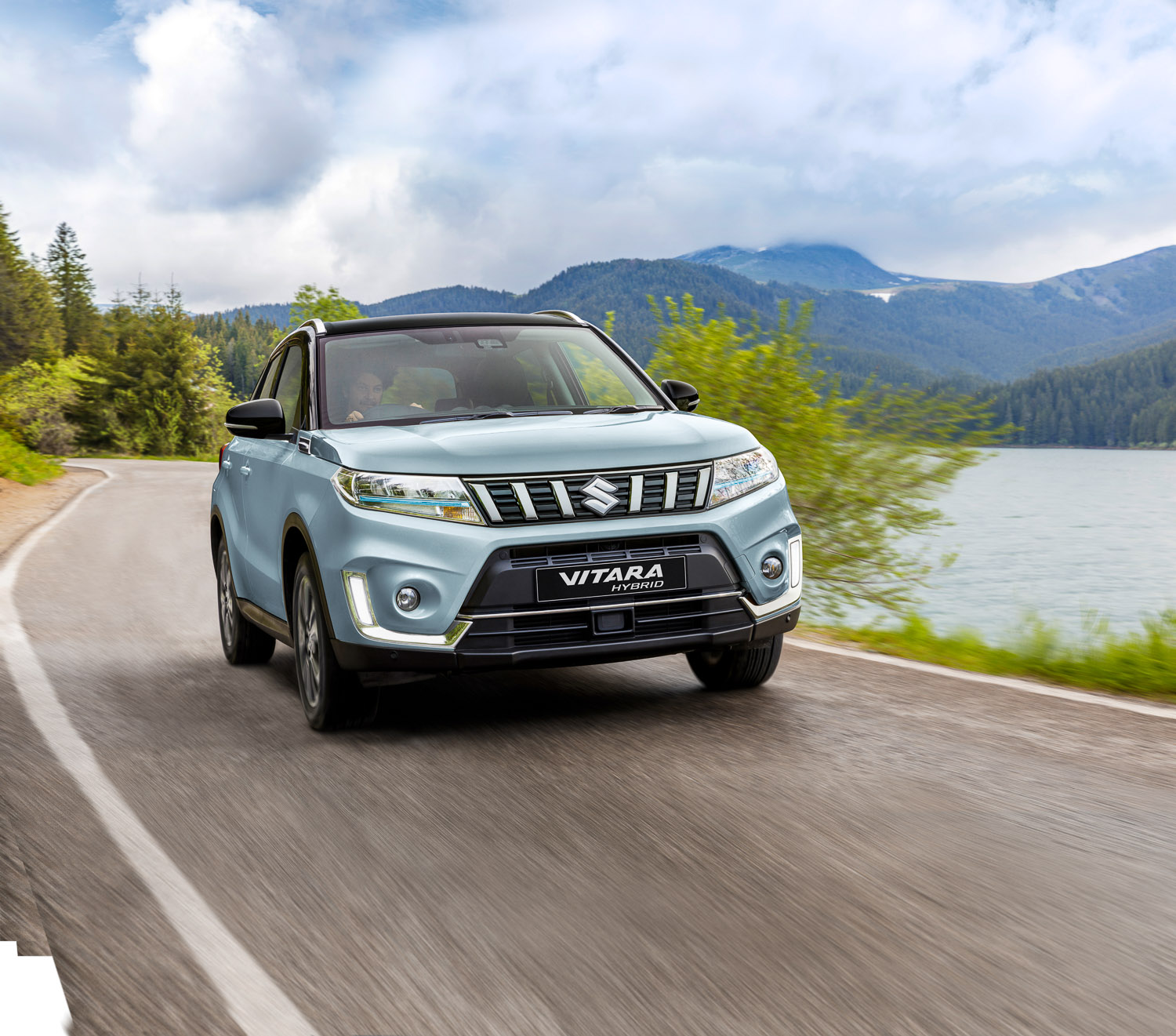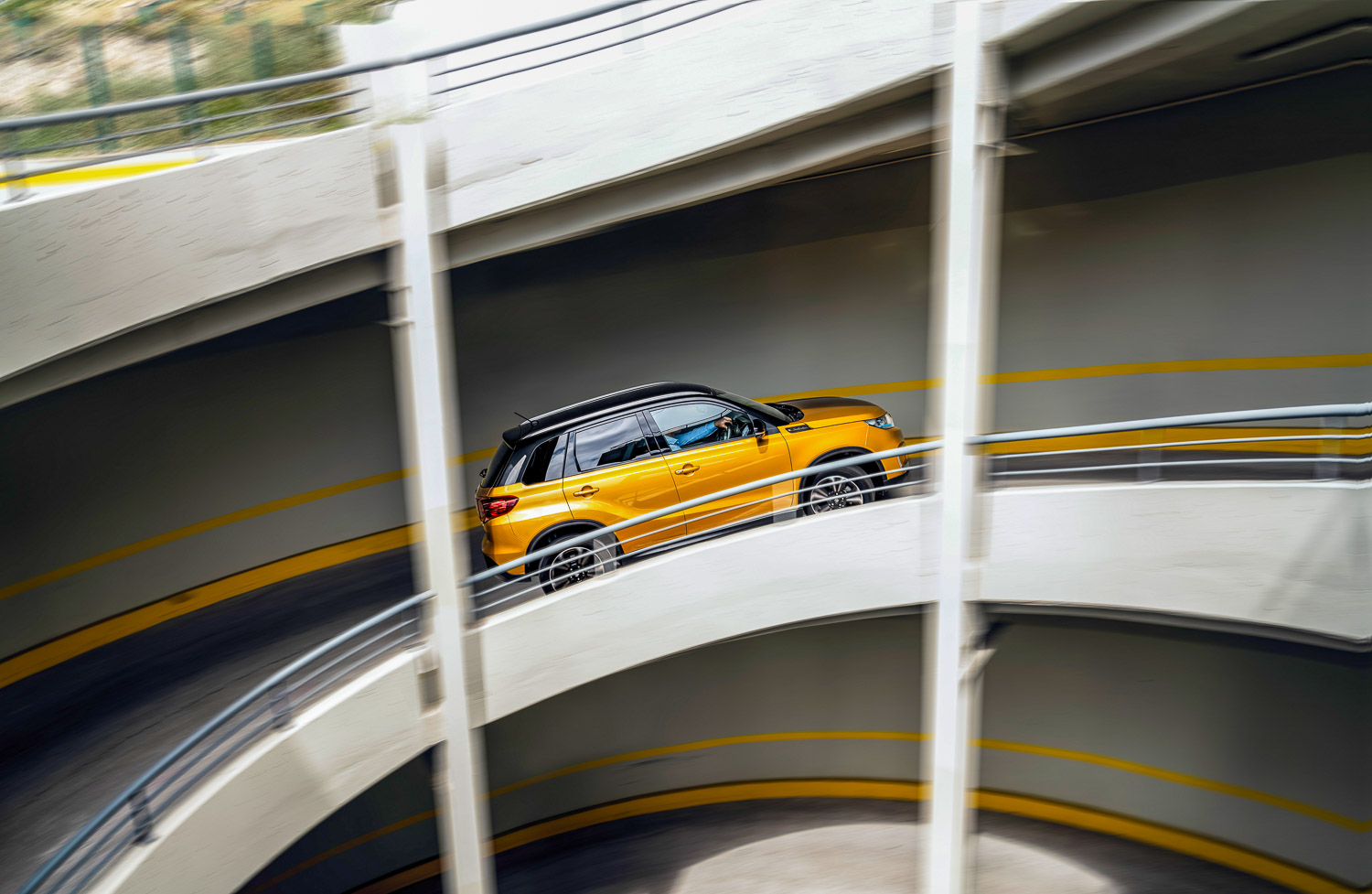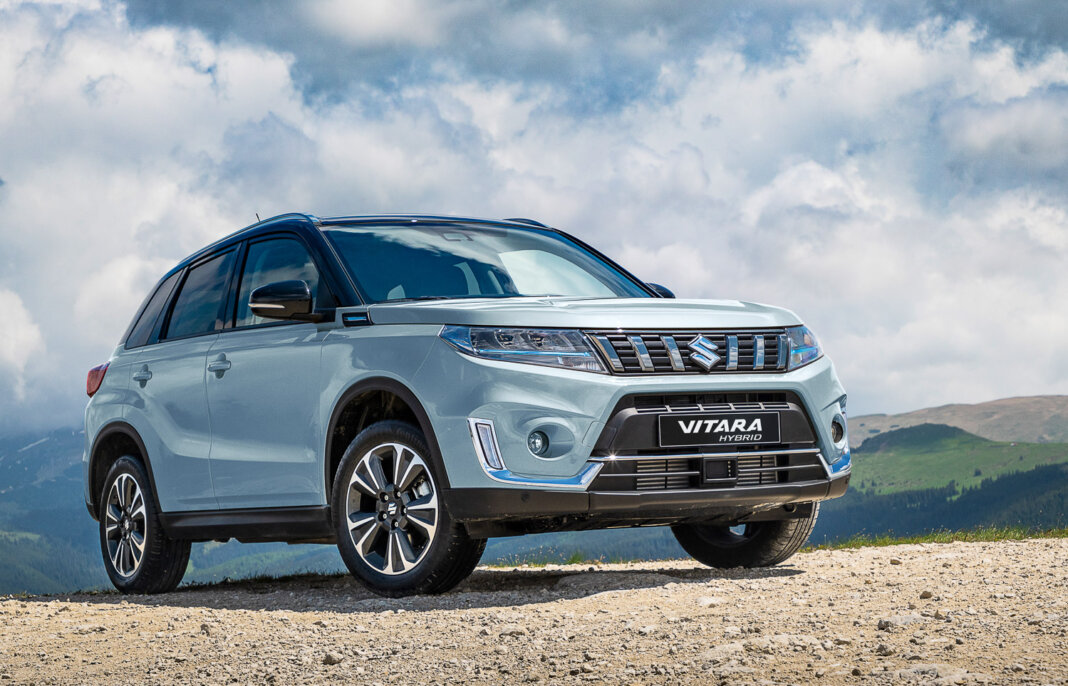Suzuki has launched a new hybrid version of the Suzuki Vitara Turbo with better fuel economy and lower emissions, adding an extra dimension to one of New Zealand’s most popular compact five-door SUVs, they say.
Three petrol/electric “mild” Hybrids with turbocharged power and efficiency, including a range-topping All Wheel Drive, join the five existing Vitara models.
In the official combined fuel tests, the Vitara Hybrid Turbo is at least 15 per cent more economical than a comparable non-Hybrid Vitara while also boasting up to 18 per cent lower CO2 emissions.
SHVS – the abbreviation for Smart Hybrid Vehicle by Suzuki – comprises an integrated starter generator (ISG), engine control module (ECM), auxiliary power module that incorporates a lithium-ion battery and sensors and a DC/DC (48 volt to 12 volt) power converter, all factory warranted for five years.
Powering the Vitara Hybrid in conjunction with a 48V self-charging mild hybrid system is a new K14D version of the 1,372 cc, four valves per cylinder Boosterjet direct injection engine that differs from the K14C power unit in other Vitara Turbo models. The differences are all designed to improve efficiency while reducing engine emissions. We’ve tested the Boosterjet engine before in the Scross, and it’s a great motor – extremely smooth and torquey. Here’s hoping the new motor is even better.
The 4-cylinder, double overhead camshaft motor produces 95 kW of power at 5,500 rpm and the maximum torque of 235 Nm at 2,000 to 3,000 rpm is up 6.8 per cent compared to the standard Vitara 1.4 Turbo power train. Peak torque is 15 Nm higher than the non-Hybrid Turbo model. A new feature is the variable valve technology on the exhaust camshaft that uses hydraulic control and the inlet camshafts VVT is now under direct electronic control management via an electric motor system.
A newly designed turbocharger has been specified to give better efficiency and faster spooling-up response, says Suzuki. Improved injectors result in better air/fuel mixture and fuel delivery is upgraded with maximum fuel pressure increasing to 350 bar.
Automatic stop/starting when the vehicle is at a standstill saves fuel while the lithium-ion battery powers all electrics. The torque-assist function instantly adds torque from the electric motor to the engine torque to boost engine response. At the same time, the added torque smoothes acceleration by adding torque from the electric motor until the turbocharger kicks in.

Suzuki claims the Hybrid’s Integrated Starter Generator (ISG) assists the engine on take-off and acceleration, reducing fuel consumption and lowering emissions. While cruising, ISG helps power the additional electrical components and systems like climate control air conditioning, safety features and smartphone connectivity.
ISG uses braking energy to efficiently recharge the Vitara Hybrid’s battery. In spite of the improvement in fuel consumption and decline in emissions, Suzuki claims the Hybrid Turbo retains lively performance and an ability to accelerate from a standstill to 100 km/h in 9.5 seconds.
In the combined fuel consumption cycle, converted to WLTP-3P, the two-wheel drive Vitara Hybrid Turbo JX with 6-speed manual transmission averages 5.0 litres/100 km – 22 per cent more economical than a standard 1.6 Vitara manual (6.4 litres/100 km). The JLX 2WD six-stage automatic achieves 5.6 litres/100 km (6.6 litres/100 km for the non-Hybrid equivalent). The ALLGRIP AWD Hybrid auto returns 6.0 litres/100 km (6.9 litres/100 km for the equivalent non-Hybrid model).

The WLTP-3P combined emissions tests reveal the two-wheel drive Vitara Hybrid Turbo JX 6-speed manual emits 112 g/km of CO2 – 25.8 per cent less than the normally aspirated 1.6 JLX Vitara manual (151 g/km).
The Vitara Hybrid Turbo JLX automatic emits 125 g/km compared to 153 g/km for the equivalent non-hybrid Turbo, a fall of 18.3 per cent. The ALLGRIP AWD Hybrid emits 136 g/km (161 g/km for the non-Hybrid Allgrip), a 15.5 per cent drop.
Standard equipment on the Hybrids includes hill hold control, reversing camera, satellite navigation, Apple CarPlay, Android Auto, and hands-free calling. An engine performance monitor in the centre of the instrument panel displays real-time information on the move with Hybrid battery status, running performance, fuel economy and a digital clock.
Recommended retail prices for the new models are: 1.4T Hybrid JX 2WD manual, $39,990; 1.4T Hybrid JLX auto, $41,990; 1.4T Hybrid JLX AWD auto, $44,990. The optional two-tone body colours are an additional $800 for each model. On-road costs are applicable to all three models.
All three Vitara Hybrids qualify for the Government Clean Car Tax Rebate. This is $2,851 for the JX 2WD manual, $2,181 for the JLX 2WD auto and $1,614 for the JLX ALLGRIP auto.
Visit Suzuki’s New Zealand website.














































